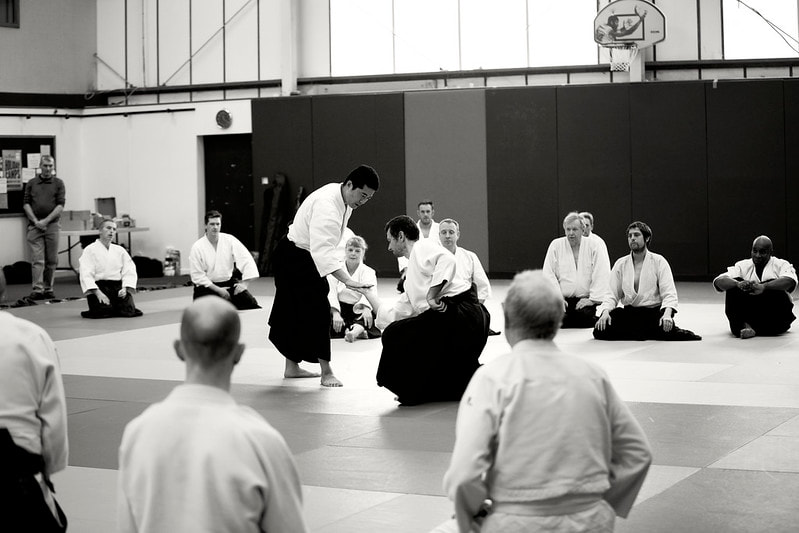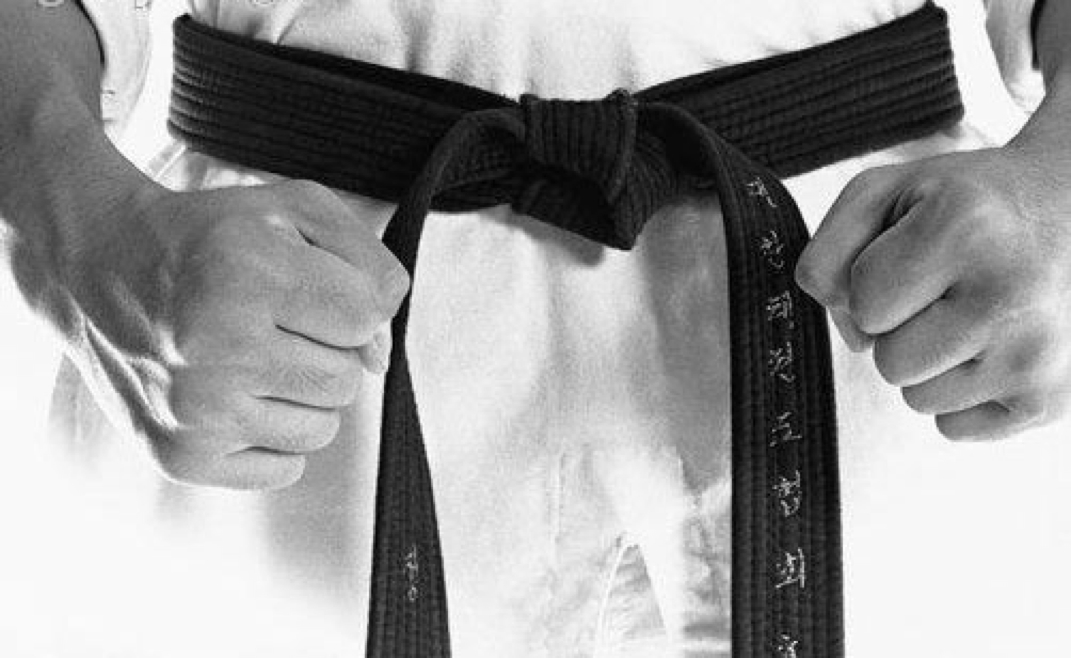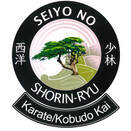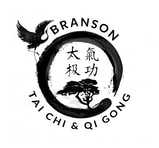|
Did you know that there is some common etiquette that everyone should know when visiting a martial arts school? Whether you are brand new to the martial arts or are a seasoned practitioner there are some general rules that you should follow when visiting any martial arts school, dojo, kwoon or academy. Be aware there are different rules depending on your intention for visiting the class. For example, are you visiting just to watch or are your hoping to train with them for an evening? If you are just visiting to watch a class, the rules are pretty simple: 1. Call the head instructor ahead of time to ask permission to watch a class. Be sure to secure what time the class will be held as well. Be on time. This is important as some instructors have advanced classes that they do not allow the public to watch. 2. Never step on the mats/training floor with your shoes on! Immediately remove your shoes at the door. This alone will impress the instructor. 3. Be polite. Don't interrupt class. Let the instructor come to you. Don't question their teaching methods. Keep your opinions to yourself and just watch politely. If you have questions pertaining to taking a class, wait for an appropriate time when the instructor or assistants aren't busy. 4. Thank them for allowing you to watch their class. If you are seeking to train at a martial arts school for a class or two, the rules are a little more detailed. First of all, it is assumed that you already are a martial artist with a uniform and some training under your belt. If this doesn't apply to you, then its better to watch a class instead. Here's what we tell our Branson Karate students when they visit another dojo. 1. Always ask permission. You should ask permission from your home instructor first. It's polite to do so. Plus, it could be embarrassing for you if the head instructor contacts your home instructor or another student says they saw you at another school, for example. Once your home instructor grants you permission, then you must contact the school you are hoping to visit and ask permission to train with them. They may ask your rank to confirm the appropriate class for you to train in. 2. No matter your rank, offer to pay for the class. Don't expect a free visit. 3. Confirm that the uniform you have is appropriate to wear to their class. For example, some martial arts schools only allow white traditional uniforms. You should be able to wear your current belt rank from your home school. However, some traditional karate dojos prefer that visitors wear a white belt. Drop the ego and strap on a white belt if necessary. 4. Show respect for all those in the dojo, especially the instructor. Use polite manners, remove your shoes at the door and bow when expected. 5. Don't try to prove anything. If you are about to start a sentence with, "at my school we..." then you are NOT being respectful and are trying to prove yourself. Bite your tongue. The adage, "When in Rome, do as the Romans do" applies to you in this situation. 6. Have a "beginner's mind" seeking to learn something from your visit. You can always learn something new from others if you are open to doing so! 7. Never request to spar. If pressured to spar by the school you are visiting, keep it playful. Tell them you are here to learn something new, not to prove anything. 8. Have fun and thank everyone for allowing you to train with them! Visiting other martial arts schools is a wonderful way to grow the martial arts community and good will. At Branson Karate we enjoy having visiting students to watch or train with us. However we do have a vetting process that starts with a phone call. If the student is seeking to train with us and shows a respectful attitude, then great! They are welcome to train with us. If they are there to prove something, such as how well they can fight, then we will simply show them the door. "Be open minded. You will find that doors open for you. A closed mind that seeks to prove something will find that doors slam shut. There is always more to learn, if you are willing and leave your ego at the door." ~ Vashon Borich-Leach
2 Comments
Ranks and titles in the martial arts can be confusing and intimidating. But, they aren't meant to be. They are useful in recognizing who is the most experienced or highly honored in the room. Ranks are earned with hard work, sweat and years of practice. Honorary titles are given to esteemed practitioners out of respect for what they contribute to the martial arts and for the level of responsibility they have in the organization.
It is good reishiki or manners in the dojo to respect rank and title. Think of it as honoring a special dignitary in your home. Although a distinguished guest is usually humble enough to not expect special treatment, it's polite to honor them. For new students it can be confusing understanding the etiquette of the dojo. There are many different ranks and titles. The title heard in most dojos is Sensei. Pronounced as "sin say" it means "teacher" and is usually reserved for black belts who are authorized to teach classes. Though, not all black belts are called Sensei. Typically, a black belt must have attained a 3rd or 4th dan to be recognized as an instructor. A dan, sometimes called a degree is represented by stripes on the belt. Think of it as the level of experience and training that a Black Belt has. In traditional martial arts dojos, stripes are hard earned through years of training. There are ten degrees of black belt. Once a person attains 5th dan and higher they are considered a master. Master ranks are often represented with different types of red belts. In Seiyo No Shorin-Ryu we use the Red and white striped belt for 5th and 6th Dans, red and black striped for 7th and 8th Dans and solid red for 9th and 10th Dans. But, these master ranks may also choose to wear a solid black belt. There are also additional titles that may be used. To simplify, here is the basic hierarchy in Seiyo No Shorin-Ryu: KAIDEN is the Family Elder SHIHAN is the Family Senior SENSEI is the Family Junior STUDENT is the Family Member Titles for different ranks may be awarded at 4th Dan. YONDAN (4th Dan) = RENSHI GODAN (5th Dan) = RENSHI ROKUDAN (6th Dan) = KYOSHI NANADAN (7th Dan) = KYOSHI HACHIDAN (8th Dan) = HANSHI KYUDAN (9th Dan) = HANSHI JUDAN (10th Dan) = KAICHO Below I have outlined and defined many of the ranks, titles and honors that may be used in a traditional dojo. RANKS KYU Grade: A rank designation for all colored belts under black belt. DAN Degree: A rank designation for first to tenth degree black belt. MUDANSHA: One without degree - A student not yet at black belt. YUDANSHA: Black belt holder - A title designating rank of first to tenth degree black belt. POSITIONS DESHI: Disciple or trainee - A student regardless of rank. KOHAI: Junior - A beginning student. SEMPAI: Senior Student - used to signify a black belt who is not yet a teacher. Usually, this is for 1st-3rd dans. The title may be given to brown belts if no black belts are present. SENSEI: Teacher or instructor - A black belt qualified to teach. Usually awarded at 4th dan but may be authorized for lower black belt ranks if they are teaching. SHIHAN: Master teacher - Instructor of very high rank, sixth degree or above. HONORARY TITLES (Not all receive titles) RENSHI: Polished expert - Discipled self to a master & is a highly qualified teacher. Usually a 4th Dan or higher. TASHI: Great teacher about 7th dan. A teacher of the art with special dedication to one's teaching. KYOSHI: Senior instructor a.k.a. faith teacher. Has learned and contributed a dedicated proponent of the ryu. A sixth or seventh degree black belt. HANSHI: Master Teacher of teachers - A respected master of eighth to tenth degree black belt. Senior master/exemplary teacher. SOKE-DAI (pronounced So-ka-die) is the Assistant Head of Family. This position is honorary and is selected by the Soke to help with administration and to lead the organization after the Soke can no longer do so. SOKE (Pronounced So-ka) is the head of the Family. This is typically the highest ranking member of the organization. Our Soke is Harold Mead, 10th Dan. More on the significance of the Soke and Soke-Dai was written in a previous blog. O'SENSEI: Great instructor - Highest master within a system. KAICHO: Master of the house - Senior master of a system. MEIJIN: Expert - One who has mastered an art beyond the boundaries of physical prowess. Wise man of high spiritual level. Advanced age. Special dedication to the art. MENKYO-KAIDEN: A certificate of full proficiency in a Japanese martial art. Some members of the dojo may have multiple titles. If you are ever unsure how to address certain people in the dojo ask your Sensei. |
AuthorVashon Borich-Leach, Sensei teaches traditional karate and tai chi in Branson, Missouri. She considers herself a life-time student of the arts. Her blog is an open journal of lessons learned in the martial arts. If you are a martial artist and would like to contribute to her blog please contact her. Archives
May 2023
Categories
All
©2012 Branson Karate & Kobudo™
|
©2010-2024 Vashon Enterprises LLC, DBA Branson Karate™


 RSS Feed
RSS Feed

